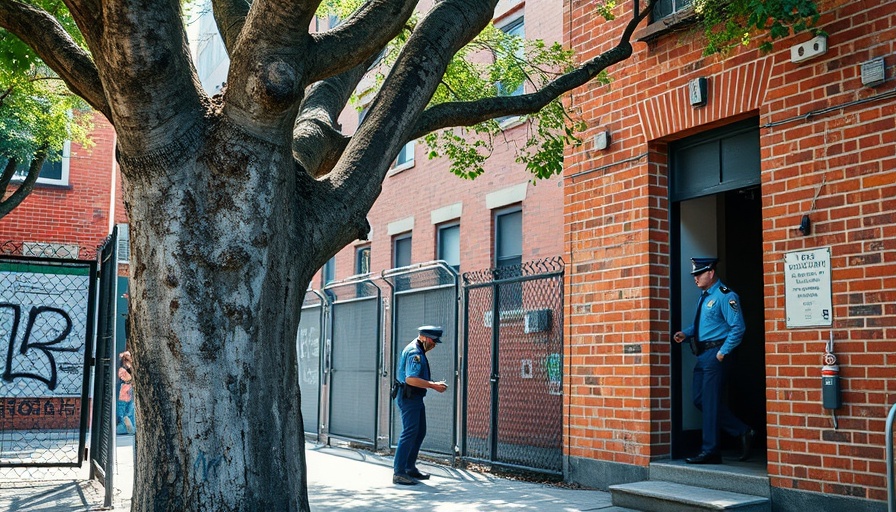
A Literary Haven: Greenwich Village in the 19th Century
Greenwich Village, often celebrated as a nurturing ground for creativity, has a storied history intertwined with remarkable literary figures. This vibrant neighborhood attracted some of the most influential writers of the 19th century, earning a reputation as a sanctuary for thinkers and artists. Its allure stemmed from both low rents and the cultural freedom that the Gilded Age provided. This article delves into some notable literary inhabitants who shaped the literary legacy of Greenwich Village in this transformative era.
Thomas Paine: The Revolutionary Thinker
Among the distinguished literary figures who spent their twilight years in Greenwich Village was Thomas Paine, a pioneering voice of the American Revolution. His influential writings, such as Common Sense, significantly contributed to the independence movement. After returning from France to a diminished reputation, Paine settled in a modest boarding house on Herring Street. Despite his financial struggles, his spirit of iconoclasm continued to inspire ambivalence and reverence in the literary community. Today, the site is occupied by Marie's Crisis Cafe, paying homage to both Paine and the bohemian spirit that followed.
Edgar Allan Poe: The Master of Macabre
Not far from Paine's residence, Edgar Allan Poe took refuge in the Village, adding to its rich literary tapestry. Between bouts of misfortune, he penned many of his celebrated works, including The Raven and The Murders in the Rue Morgue. Poe's life in the Village, marked by romance and tragedy, epitomized the essence of an era that embraced literary experimentation and artistic expression. His connection to the area continues to resonate, drawing admirers to the newer epochs of literary history.
Washington Irving: The First American Author
Widely recognized as the first American man of letters, Washington Irving lived in Greenwich Village, where he authored iconic tales that would earn him international acclaim. Although the authenticity of claims regarding his former residences varies, his connection to the Village remains a point of cultural pride. His influence on American literature paved the way for subsequent generations of writers who would call the Village home.
Emma Lazarus: The Voice of the Immigrant
Emma Lazarus, who lived at 18 West 10th Street, solidified her legacy as a defining poetic voice through her work The New Colossus, which beautifully expressed the ethos of American hope and longing. Her advocacy for immigrants resonates profoundly in the layers of history that compose Greenwich Village. The neighborhood served not only as her home but also as a cultural crucible where art transcended boundaries.
Literary Legacy and Contemporary Significance
The literary legacy of Greenwich Village shaped not only the landscape of American literature but also continues to influence writers today. The area has evolved, yet it retains an indelible connection to its past as a sanctuary for creative expression. Modern visitors can explore literary-themed walking tours, bars, and cafes that echo the rich history of the Village, making it a destination where the spirits of literary greats linger on.
As we reflect on the literary heritage of Greenwich Village, it's essential to recognize the icons who fought for their voices and how their experiences encourage today’s writers and thinkers. This unique corner of New York City thrives on tales of the past, and the legacy of its literary inhabitants continues to inspire generations.
Explore the rich literary history of Greenwich Village and discover how the spirits of legendary writers continue to influence our culture. Visit local cafes and attend literary events that celebrate this vibrant legacy.
 Add Row
Add Row  Add
Add 




Write A Comment